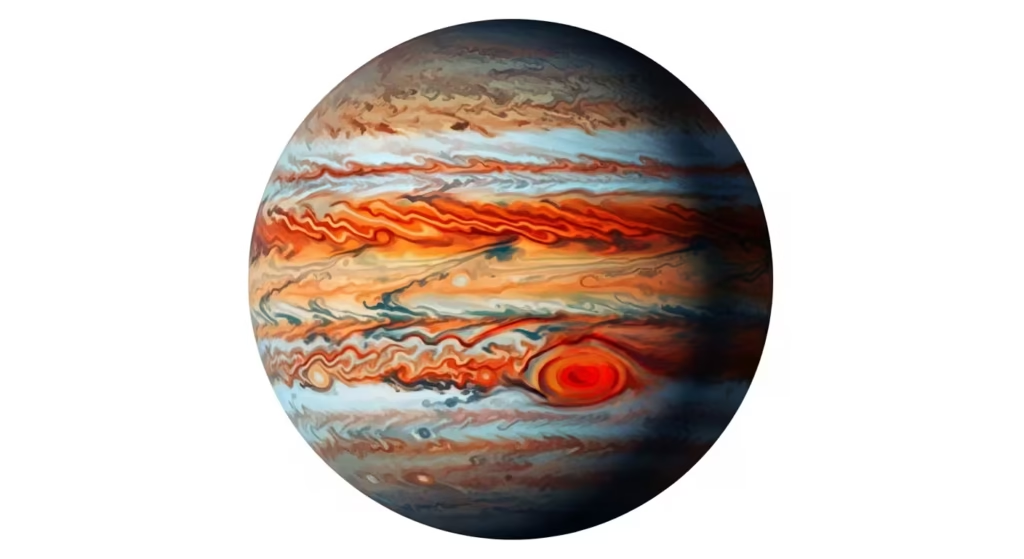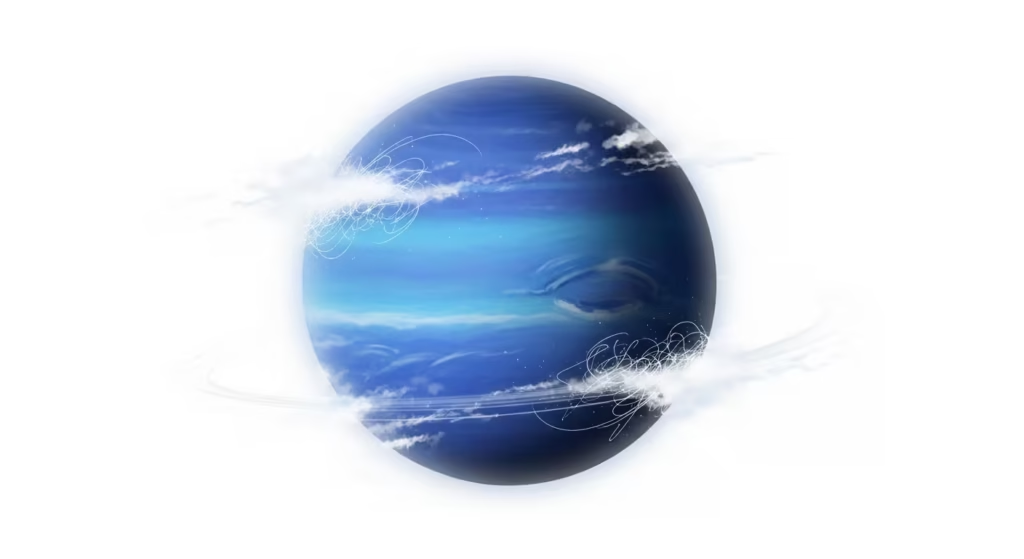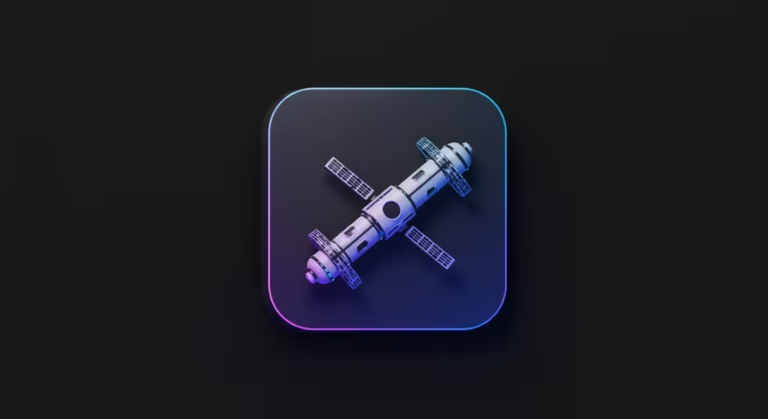The Planets
Explore the Physics of Our Solar System
Drag to rotate the view. Orbits are elliptical.

Physically Accurate Keplerian Orbits
Planetary motion is calculated using astrodynamics and Kepler’s laws. Orbits are modelled as conic sections (ellipses). Finding a planet’s precise position requires solving Kepler’s equation (M E epsilon sin E), often through numerical integration, as the full system is an N-body problem.

GPU-Accelerated Performance (GPGPU)
To prevent performance bottlenecks, complex effects offload calculations from the CPU to the GPU (GPGPU). This process uses GLSL shaders to perform many operations simultaneously. Techniques include transferring data to textures using tools like GPUComputationRenderer.
Rendering massive amounts of fine detail (stars) is optimised using a software rasteriser to mitigate visual artefacts.

Photorealistic PBR and Post-Processing
To create a beautiful UI, visual elements utilise MeshStandardMaterial for realistic light interaction (PBR). Aesthetic realism is enhanced using post-processing effects, such as a bloom filter.
The EffectComposer is used to apply this filter, making bright areas (like the Sun) achieve a desired blinding white colour. Optimisation is crucial since complex lights and shadows are typically expensive.
Explore our free space simulators
Discover more free, browser-based simulators to explore science, space, and learning in an interactive way.



